The Western Victoria Transmission Network Project (WVTNP) is one step closer to completion with the announcement of a proposed transmission line route.
The proposed route for the 190km transmission line between Sydenham and Bulgana is the result of 18 months of investigations, field surveys and consultations.
WVTNP Executive Project Director, Stephanie McGregor, said it had been designed to run along existing transmission line easements and at a maximum distance from houses as much as possible, and to minimise impacts – including Indigenous Australian cultural heritage, agriculture, and vegetation.
“Determining this proposed route is a positive step toward unlocking more clean, renewable energy as the state moves to sustainable green power in coming years,” Ms McGregor said.
There are three locations along the route where alternative options are still being investigated – at Hepburn Lagoon, Darley and Melton Aerodrome – due to potential visual, landscape, Indigenous Australian cultural heritage and aviation impacts.
Ms McGregor said AusNet Services had planned to finalise the route by the end of 2021, but it was a complex project and important to take the time to investigate these alternatives.
“Sharing the proposed route now will ensure much needed clarity for around 220 of the 465 landholders that were within the single corridor,” Ms McGregor said.
“They now have the confirmation that their property is not on the proposed route.”
AusNet Services has also released the preliminary findings of its investigation into undergrounding the transmission line, including full and partial undergrounding.
The investigation found that undergrounding the transmission line would require significant soil and vegetation removal and disturbance of Indigenous Australian cultural heritage, would limit opportunities for future renewable development, not meet the technical availability and reliability requirements of the electricity system, and cost approximately 16 times more.
As a result, overhead construction has been recommended by the investigation.
AusNet is still investigating undergrounding in some sections as part of the visual amenity and landscape assessments currently underway as part of the Environment Effects Statement (EES).
The key findings of the investigation have been shared with the community and published on the WVTNP website, while the full report will form part of the EES for the project.
The announcement was met with backlash from the local community over concerns about the project route running through prime agricultural land and high risk bushfire areas.
Stop AusNet’s Towers Campaign Chair, Emma Muir said the announcement was premature, as the EES was not yet complete.
“This announced route mirrors the same hypothetical line that we drew on a map 14 months ago, it is essentially a straight line that delivers the cheapest option for AusNet but the most impactful and dangerous option for the community,” Ms Muir said.
“No amount of money saves our lives and no amount of money saves irreversible environmental damage.
“The impact on our communities is irreversible and unacceptable when there are better ways to deliver this project that need to be explored.”
AusNet Services’ Land Liaison Officers are now contacting each landholder within the proposed route to discuss their specific land use and requirements, the proposed route, easements and compensation.
Webinars will also be held on Tuesday 30 November at 7pm and on Thursday 2 December at 7pm.
Face-to-face community information sessions will then be held at Waubra, Miners Rest, Darley, Melton and Ballarat between 6 and 12 December.
Technical experts and members of the project team will be available to answer questions on the proposed route, undergrounding, compensation, bushfire, visual impact, agriculture and the EES.



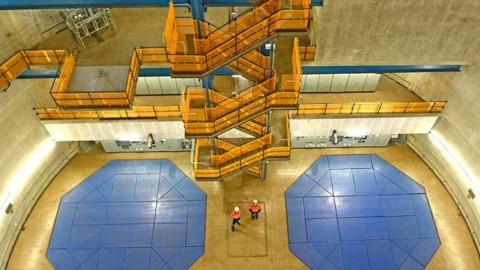
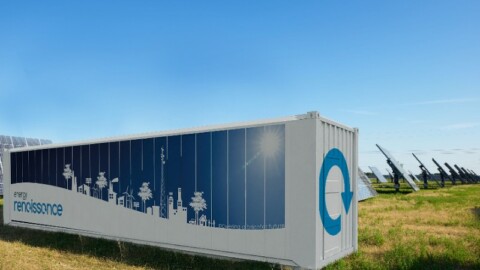
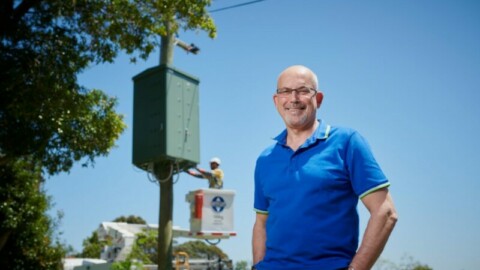

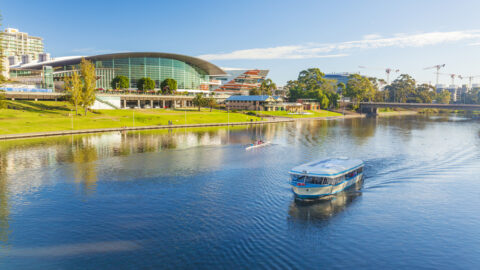


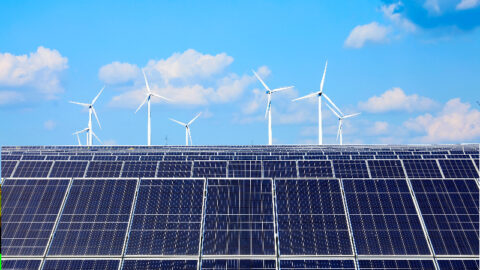






Recently reviewed AusNets undergrounding summary. Key finding of this review
AusNet’s report does not provide a cost for underground HVDC.
AusNet estimates underground HVAC is likely to cost 16 times more than an overhead HVAC solution.
Amplitude’s report estimates the cost of underground HVDC to range between 3.15 and 5.7 times the cost of an overhead HVAC solution.
AusNet appear to have overestimated then number of cables required for both monopolar and bipolar HVDC systems. This results in a notable impact in trench width, ease of construction and the environment.
AusNet appear to have overestimated the sets of parallel cables and trenches required for underground HVDC transmission. This results in a notable increase in easement width, impacts on route selection, ease of construction and the environment.
AusNet estimate 35m total trench width
Amplitude estimate 2-3m total trench width
AusNet have said the environmental impact is greater for underground HVDC. This is based on assumptions around the number of cables required, sets of parallel cables, trench and easement widths.